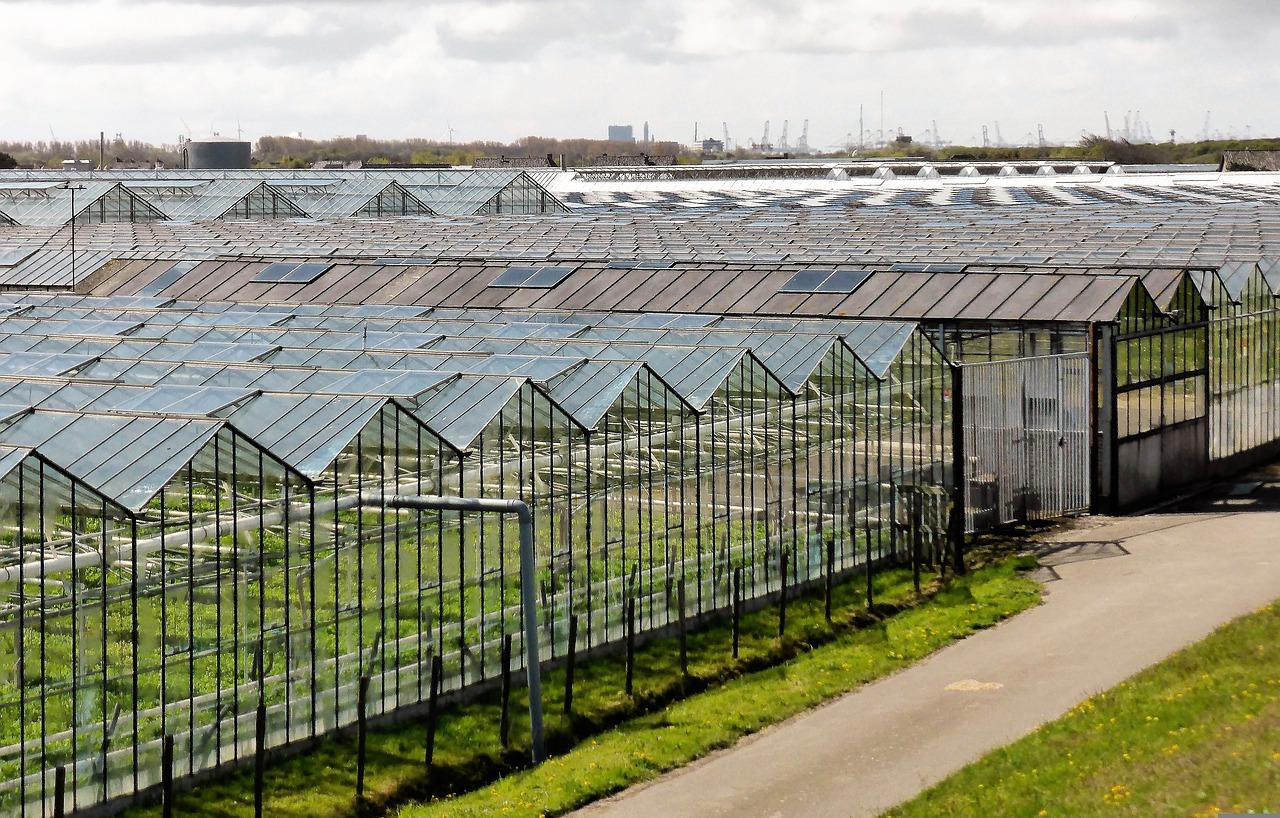Typically, stems, tubers, and bulbs are used to grow indoor blooming plants. In popular culture, bulbs are almost always seen in springtime. Hyacinths, crocuses, daffodils, and tulip bulbs are just a few of the popular springtime bloomers. The end of winter is marked by their arrival every year.
Once resilient bulbs nurtured indoors have bloomed, transferring them to the garden outside is advisable. When in bloom, they lose reliability as indoor performers. Delicate bulbs like hyacinths, cyclamen corms, and begonia tubers may be overwintered inside. They can grow every year indoors with proper care.
Choosing Indoor Houseplant Bulbs
If you do not grow your own bulbs, you’re missing out on a lot of fun. If you’re in a rush, visit your nearby or online garden center to explore what they have left. Bulbs are one of those things you can purchase with a passion, even if you have no idea what you’ll use them for, as they keep well. It’s a lot of fun, especially to buy tulip bulbs for sale from catalogs and plan out how you’ll use them before they arrive. Bulbs ordered from catalogs often arrive in excellent shape for growing. Shop early in the year if you want to avoid missing out on your favorite flower bulbs.
How to Grow Bulbs Indoors Like a Pro?
If you’re planning on planting bulbs, it’s best to pick up the necessary supplies (charcoal, compost, pots, etc.) at the same time you buy the bulbs. Plant your bulbs soon to avoid their decaying. This ensures a wholesome beginning to their lives.
There is a significant price difference between compost and bulk fiber. Coir or peat fiber, crushed oyster shells, and charcoal make up the main ingredients. If you wish to transplant your bulbs in the garden after they’ve bloomed, this is an appropriate growth medium, but it won’t provide any nutrients. To grow bulbs indoors, you must use potting compost made from soil containing a complete set of nutrients.
Pots are crucial to the success of an indoor garden, so give them some additional thought. In general, narcissus, like tulips, hyacinths, daffodils, crocuses, and others, are grown in terra-cotta pots that don’t have drainage. Even if plastic bowls are available, the best options are glass or ceramic.
Individual lilies and other larger bulbs do best when grown in separate, freestanding flowerpots. It’s best to put them in plastic pots with drainage holes and then set those pots in beautiful bowls made of porcelain or china for display. Also common in the spring are tulips and crocuses. They stock blooms in every imaginable color, plus a plethora of unique shades. Select early tulip varieties that are tolerant of moderate temperatures to winter-force them. You may expect better results by using them.
To Sum Up
These bulbs can be grown inside without too much trouble, but note that if you expect them to survive, you need to transfer them to the outdoors as soon as possible. Consider the fact that they will not be in bloom forever if you decide to bring them indoors and give them the care they need.

